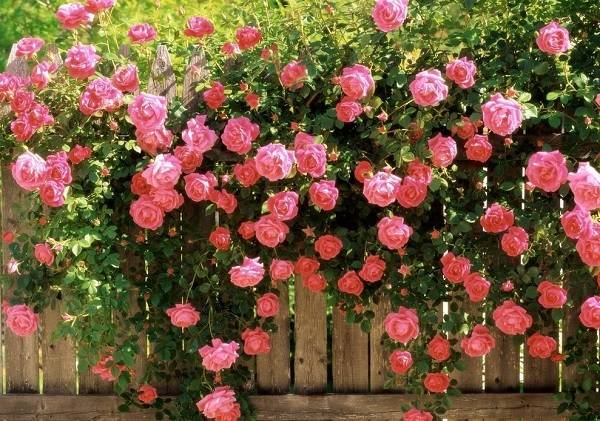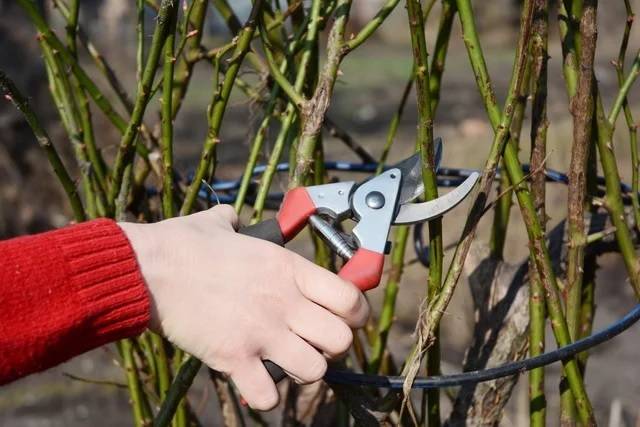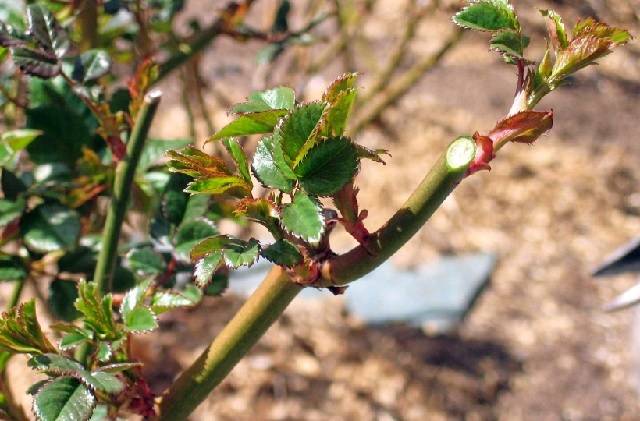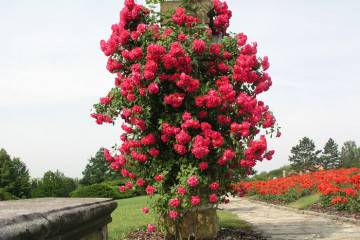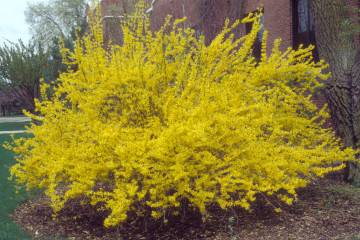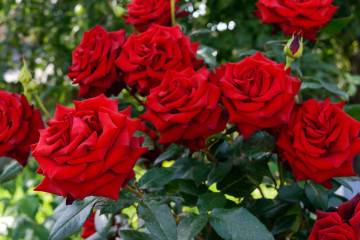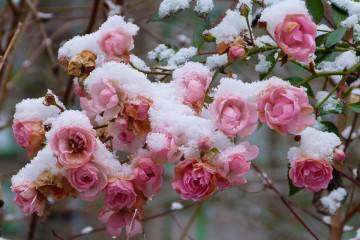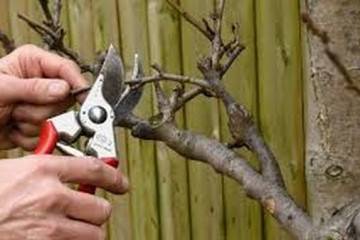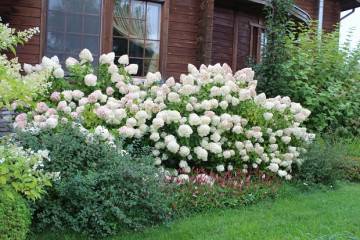How to prune roses for the winter - when is it better to do it
Content:
It is very important to know how to prune roses for the winter, because the appearance of the rose bush and its lifespan depend on this. Correct pruning ensures abundant flowering, prevents the development of diseases and increases the plant's resistance to adverse factors. In the conditions of Central Russia, pruning is carried out several times a year. But the autumn one is the most important.
Pruning roses for the winter: is it necessary to do it
Some gardeners doubt the need for this procedure, but in fact there is no room for discussion. To make the plant feel better in winter, the bushes must be treated. Pruning roses in the fall is part of this treatment. It not only stimulates the growth of shoots, but also makes the bush compact so that it will be easier to cover it from the cold.
What types of roses do not need to be pruned for the winter
Not all varieties need autumn pruning for the winter. There are varieties that bloom once, in the summer, and in September-October no manipulations are carried out with them. For example, this:
- ground cover roses, which do not need to be artificially bent to the ground, they are already in this position;
- hybrid roses (wrinkled belongs to this category);
- park (bush) varieties.
When to start trimming by region
Depending on the region, the timing of this procedure is also established. In any case, this should be done before the bushes are sheltered for the winter. It is advisable to start the procedure already when the first frosts begin at night in order to be in time before the cold weather sets in.
In Central Russia, pruning is carried out in the second half of October. In the southern regions, this can be done in early November, if the weather permits. In the Urals or Siberia, the procedure is carried out in September.
The main principles of pruning
The basic principles are not much different from the general rules for pruning, for example, the one that is carried out in the spring.
Pruning tools
For this procedure you will need:
- a sharp pruner, which, according to the principle of its work, resembles scissors, only if there are two cutting blades, the cut will be even and clean, without peeling bark;
- lopper with sturdy and ergonomic handles. Its principle of operation resembles a lever;
- garden saw for extra strong and thick old shoots.
Preparing for the procedure
No special preparation is required, except for one action - you need to cut off all the stems that are still in bloom, get rid of the buds so that after pruning, the laying of seeds does not begin.
Slicing rules
Novice gardeners often have no idea how pruning is done correctly. This process is simple, but it requires certain knowledge and skills.For example, shoots can only be cut obliquely at an angle of 45 ° using the outer bud. You also need to step back a little from it, about 0.5 cm.
In no case should a cut be made towards the kidney, because otherwise the liquid will heat up, because the water always flows down to the kidney, and due to high humidity it can quickly start to rot.
It is cut exactly in the area of the outer bud in order to achieve the correct shape of the bush due to the shoots that grow along the outer contour.
A good gardener processes all sections wider than 1 cm with a special paste or garden varnish so that an infection does not penetrate. For the same reason, it is not recommended to do mid-stem pruning, otherwise the remaining stumps will become a favorable place for bacteria to multiply and penetrate.
Features of pruning for each variety of roses
Autumn pruning is a necessary procedure, but it is done taking into account which types of roses are grown on the site.
Stamp
In many ways, the autumn pruning of this variety depends on what kind of species is grafted onto the stem. For example, it can be a climbing or hybrid tea rose. And then the procedure is carried out according to the rules developed for this variety.
Climbing
In the autumn months, climbing roses are pruned depending on their variety. For example, miniature bushes with small flowers practically do not require intervention, but experienced gardeners believe that the growing point should be pinched, this corresponds to the development of the upper bud.
Tea-hybrid
Many people are interested in how to properly prune hybrid tea roses in the fall, because in the spring they have already undergone anti-aging pruning. Of course, it also stimulates the growth of young shoots. But in order for the plants to develop correctly, after flowering, they need to be shortened by at least 20 cm after flowering. Shoots that are already three years old are removed in the spring, so only young ones are cut for the winter, and then not too radically - by 1/3 or ½ lengths depending on the situation.
Floribunda
In general, pruning a floribunda rose is not much different from a similar procedure for a standard variety. Experienced gardeners know that in this case, new shoots will actively develop only when the old three-year-old shoots are removed on the ring, and the rest are shortened by at least 1/3 of the length. Some experts believe that even ½ the length can be cut. But you need to remember that if you cut off too much, then new shoots will not have time to grow, there will be a lot of them, but they will be very short. If you do not get rid of the old three-year-old shoots, then the bush will become taller, but only its top will bloom.
Polyanthus
Correct pruning of polyanthus roses for the winter is generally done in the same way as floribunda or tea hybrids. That is, most of the shoots are removed, and the remaining ones are cut off by about ½ the length.
Caring for bushes after pruning
It is not enough just to prune the roses; you also need to provide them with proper care. After pruning, autumn feeding is mandatory. For this, phosphorus-potassium fertilizers are used, which are necessary for the proper development of young shoots.
After pruning roses, be sure to treat with a 3% solution of Bordeaux liquid.Alternatively, you can brush the branches with a special paste or homemade garden varnish.
Only after all these activities can the roses be covered for the winter. It is recommended before that to pick off all the leaves remaining by this moment from the bush with your hands. The fact is that under any shelter, the humidity rises, and as a result, the leaves begin to rot, worsening the condition of the plant as a whole.
Compliance with the rules for pruning roses and subsequent care for them is a guarantee that next summer the rose garden will delight the owner with abundant and lush flowering.
